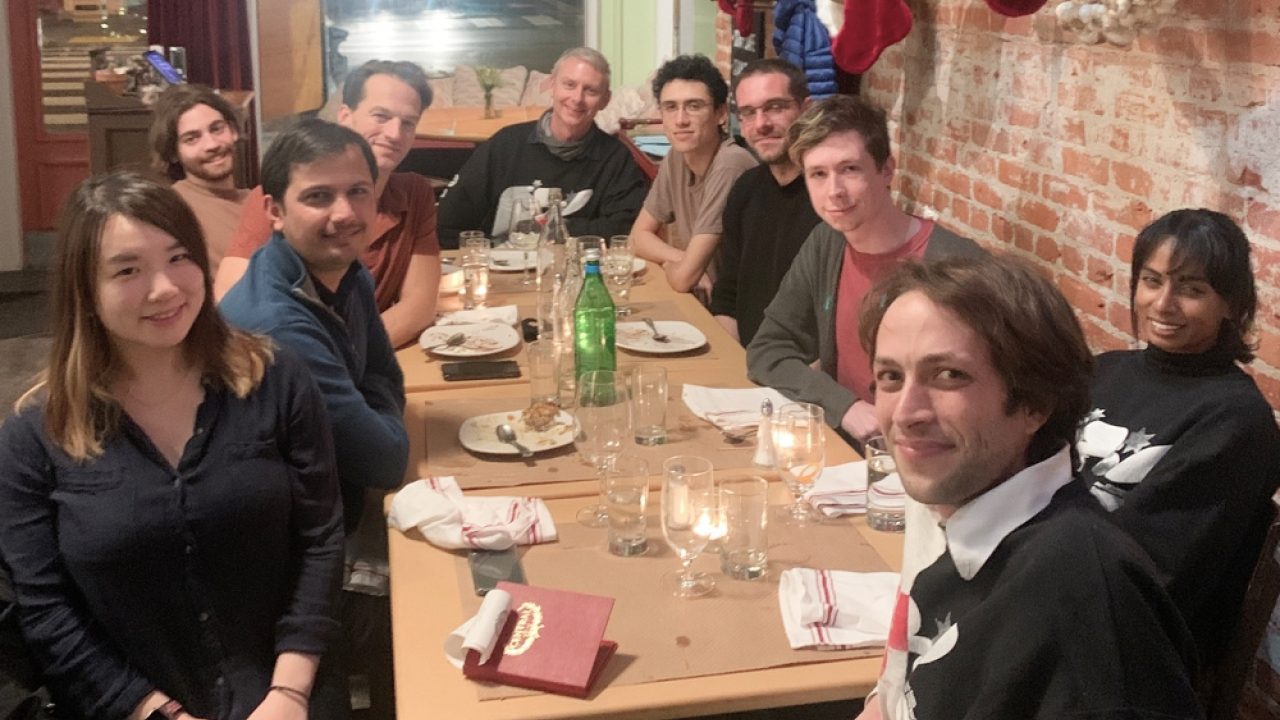-
Start-to-Finish Ownership
We place a premium on autonomy.
At Reduct, we’re on a mission to make video editing as simple as editing text, so everyone from user researchers to public defenders can communicate effectively with video. As a small team, engineers have a large amount of autonomy and responsibility to own projects and care for the whole of the product end-to-end. We look for folks who are excited about taking the initiative to bring features to life. For example, our intern Jerry started with the vague idea of tag organization. He had conversations with several of our users, created sketches, led the discussion, and oversaw everything through implementation, user feedback, and launch – collaborating with different colleagues along the way. Similarly, we all feel a sense of responsibility for the parts of the codebase we know are ours and getting to know the parts that aren’t. Engineers run the support line and share responsibility for on-call: it’s a high-trust environment where we all depend on each other to run a product and service at the highest possible level.

-
High Quality Code Base
We avoid indirection.
We value quality over speed – we won’t rush to fix problems but rather take the time to do it right. For instance, we chose to write on our in-house real-time collaborative database rather than simply using an off-the-shelf solution. While its semantics and operations are still being developed three years later, it underscores our desire to understand what’s happening when any button gets pressed, and to trust our own work instead of importing libraries that are poorly suited to the particulars of our needs: we have a culture that strongly opposes compromising the quality of the product for the convenience of implementation with ready-made parts.
We try to keep our code as simple, coherent, and straightforward as possible, which allows us to pair more easily and have a shared context. By maintaining a “gem” of a system, we can hold the entire technical design in our heads and make radical changes shockingly quickly.

-
Product-Driven
Every product decision we make is deliberate.
We believe in understanding the frameworks and systems in our stack, and aren’t afraid to build our own when appropriate. For instance, our video decoder and database were built in-house. Doing so enabled us to bring responsive and elegant interfaces for collaborative video editing into the browser, with low latency in a beautifully-designed way.
We love working with customers when they’re trying to do something unusual and ambitious with video, while striving to generalize requests to bring them into the core product. In order to build the best product and most flexible infrastructure possible, we implement incremental changes and code refactors. Everyone on the team is involved in product decisions. Instead of a management chain, we have long conversations to define and develop the soul of the product.
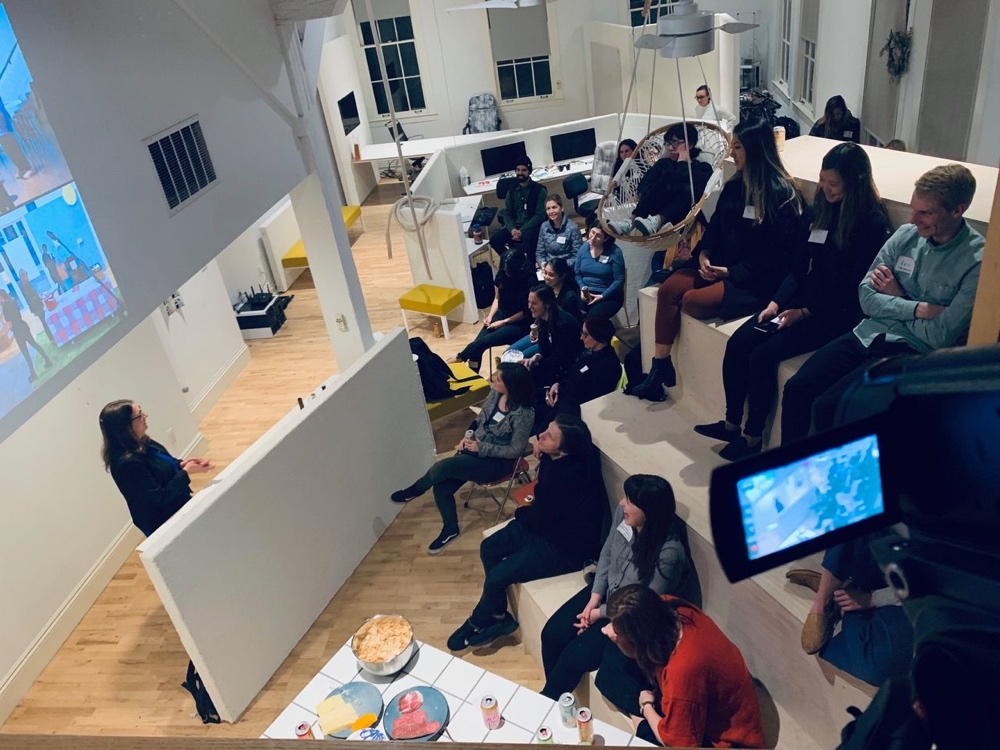
-
Creative + Innovative
We’re fundamentally changing the way people interact with video.
Traditionally, the video editing process is cumbersome and involves awkward and time consuming processes like paper edits created from time-stamped transcripts, which are in effect workarounds and hacks. In fact, most non-video professionals such as researchers and marketers – who often generate a lot of video for their work – end up not using it because it’s too time consuming. Prabhas (co-founder and CEO) experienced this first-hand when he was doing design research at the Stanford Design Program. After recording hours of in-depth user interviews, he found it challenging to communicate the insights and stories to a wider audience. He knew there had to be an easier way to make video editing as simple as editing text. Meanwhile, Rob (co-founder and CTO) was working in an Alan Kay-led lab to imagine the future of computing where he was developing Gentle. The two former high school friends reconnected and thus Reduct was born.
Many of our users record hundreds of hours of conversations every month, but had no way to access the information in them without slowly rewatching. Being able to search within their archives is genuinely transformative to how they think and work. Because our product feels a little more like Google Docs than Final Cut, everyone is able to combine the clips they find into a shareable reel, even if they’re not so tech savvy.
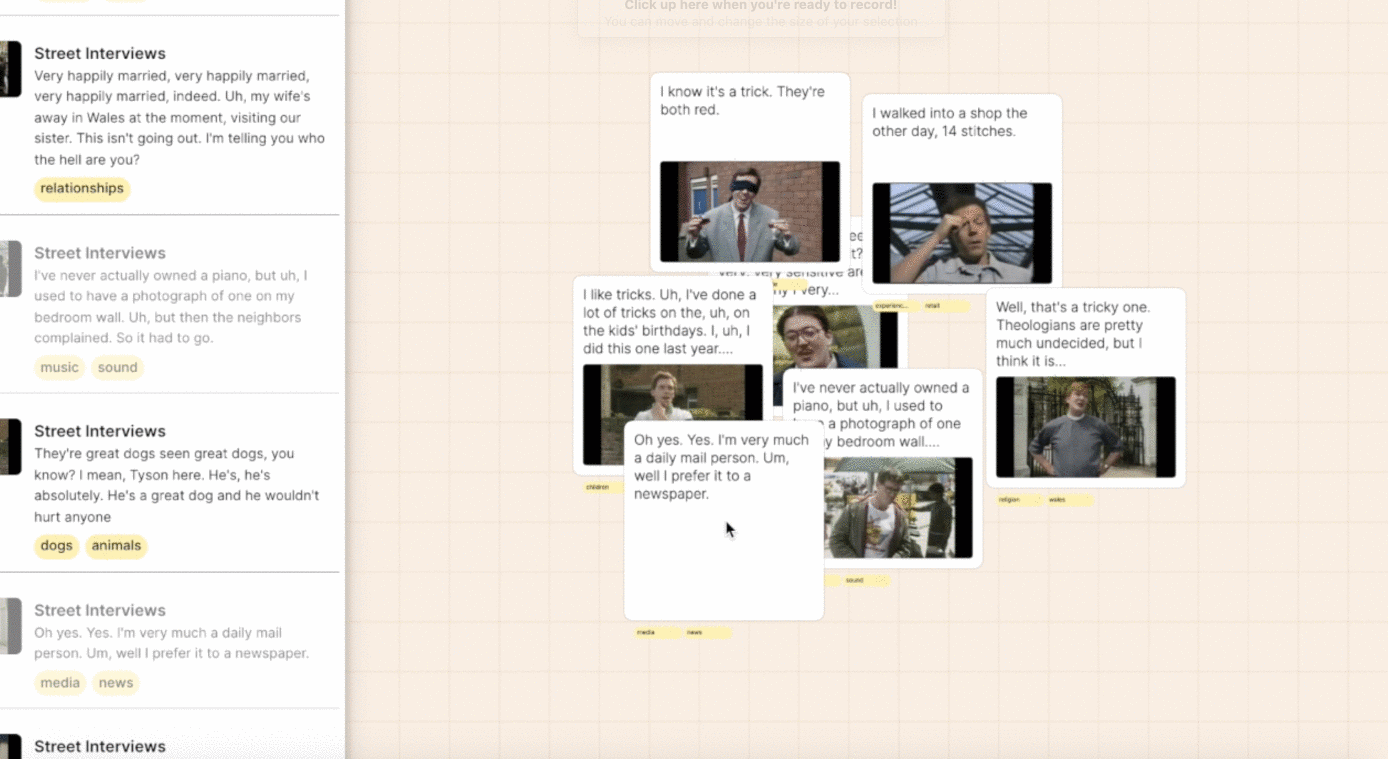
-
Committed to Personal Growth
Constant learning is baked into our culture.
While we come from different backgrounds and walks of life, it’s safe to say that everyone at Reduct is intellectually curious. We’re passionate about how technology shapes society and cognition and we might just be the only startup that has a media theory book club (where we’ve read Walter Ong alongside Claude Shannon). On our last engineering retreat, we organized a film series that moved from Charlie Chaplin and Elia Suleiman films to an anime survey and an evening watching Twitch live-streams.
We’re always learning from one another and pushing each other to improve. Not only does our open office layout promote the cross-pollination of ideas, but we also make sure to foster transparency and open communication. Our founders regularly share updates on the state of the business. As we grow, there will be more opportunities for engineers to grow both personally and professionally. Paradoxically, our growth is strong both with increasingly professional video production teams as well as amateur and small-scale users. This provides opportunities for learning about scaling a consumer-grade product as well as integrating into the workflow of top video production teams.
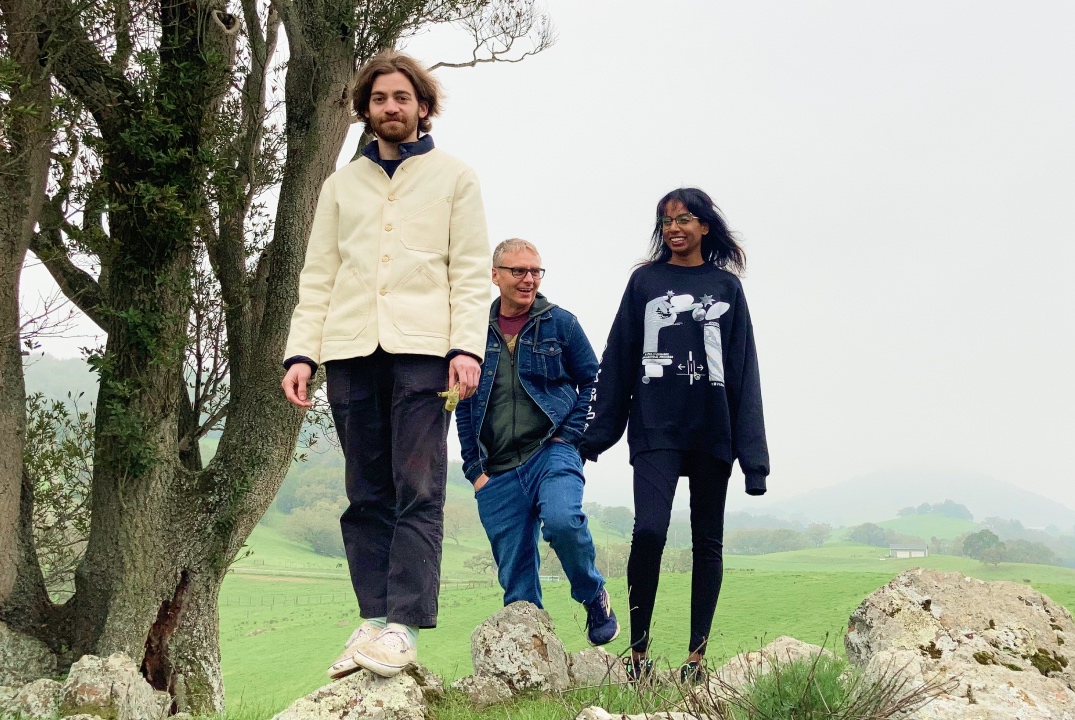
-
Wears Many Hats
Job descriptions aren’t set in stone.
If you have a creative spirit, you’ll fit in well here. We look for generalists over specialists and seek out people who are excited about filling gaps and wearing many hats. New engineers who join the team can expect to wear both designer and product hats. For instance, Cristóbal is working on two radically different styles of programming and thinking: a whiteboard tool for our video editor (a user-facing graphics program), and performance optimizations for the video decoder (a core low-level program). We are extremely transparent with decision-making and encourage input from engineers on everything from design philosophy (we once had a book-length Slack thread about the theory of our background color) to business strategy.
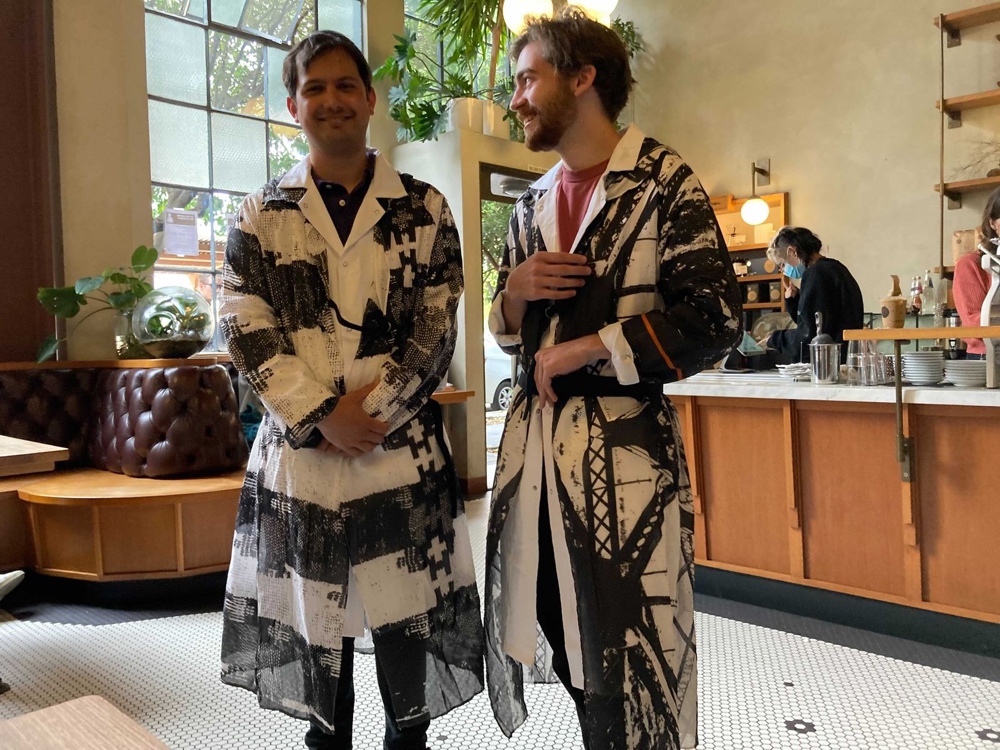
-
Flexible Work Arrangements
We’re not 9-5 – unless that’s how you work best!
Our offices in San Francisco, New York, and Kathmandu span different time zones, so flexibility is inherently part of our culture. We don’t micromanage schedules and trust people to get their work done when it suits them best. During the COVID-19 pandemic, we’ve been able to adjust our working styles as needed. Currently, we have a hybrid office/remote approach with some fully-remote periods, a general 2-day-a-week in-office cadence, and quarterly full-team off-sites. We’re figuring it out together.
Building on a robust technical infrastructure, we tend not to work from a place of crisis and chaos. That means that vacation time is not only possible, but required: in fact we insist on everyone at Reduct taking at least 10 days off per year, and allow up to twice that amount. We strive to create the conditions where everyone can do their best work – including outside the office. Whether it’s tending to a family, exhibiting art works, or maintaining a Twitter reputation, we believe in respecting the individuality and private life of our team.
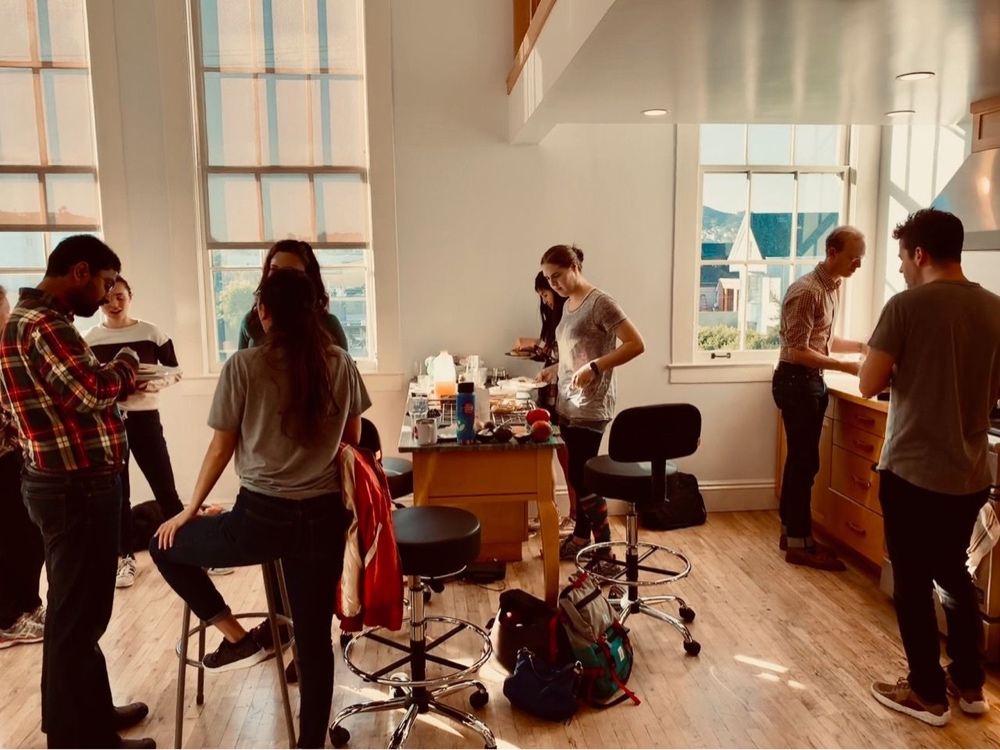
-
Eats Lunch Together
We bond – and come up with some of our best ideas – over shared meals.
Our large open table and kitchen area at the San Francisco office is ideal for family-style gatherings, whether it’s over sushi, pizza, or Rob’s office-made bagels. Similarly, the New York City team regularly eats lunch together and it’s a core part of how we get to know each other better and share our ideas. Often we’ll try new cuisines or recipes and invite guests for lunch. Having a porous office allows us to expand our conversations about media, technology, and culture beyond our small team. We’re looking to add both frontend and backend developers to the team, so we encourage you to reach out!
